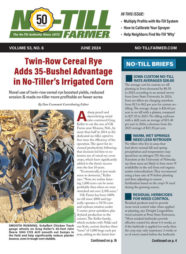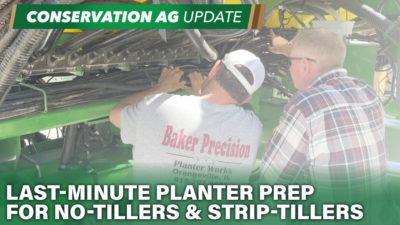By Jeff Edwards, Extension small grains specialist
Spring-planted oat has been a “go to” forage crop for southern Great Plains beef producers for years. It is a good option when winter wheat was not planted in the fall due to wet conditions, or, as may be the case in certain areas of Oklahoma this year, when wheat failed to emerge due to drought.
Forage production potential for spring-planted oat is around 1,500-2,00 lb/ac, but you will need about 60-75 lb/ac of nitrogen to make this type of yield. A fact sheet detailing spring oat production for hay and grazing can be found by clicking here or going to www.wheat.okstate.edu under “Wheat Management” then “Seeding”. Some of the key points from that fact sheet are listed below:
Seed — Plant 80-100 lb/ac of good quality seed that has a germination of no less than 85%. There aren’t many options regarding varieties, so you will likely be limited to whatever seed is available in your area. The key is not to cut back on seeding rate, regardless of variety.
Seedbed — Sow oat seed at approximately 1/2 to 3/4 inches deep. Most producers will be better off with a conventionally-tilled seedbed. You are planting seed at a time of year when the ground is already marginal regarding temperature. Conventionally-tilled seedbeds warm more quickly, which should speed germination. There is one exception to the conventional till recommendation. If you are sowing into a stale seedbed or a failed wheat crop that is very thin, no-till should be okay. Just avoid situations where excessive residue will keep the soil cold.
Grazing — Oat plants should have a minimum of six inches of growth prior to grazing. Unlike fall-seeded cereals, you should not expect a large amount of tillering. A good stand of spring oat can provide a 750 lb animal approximately 60 days of grazing when stocked at 1.5 animals per acre
Hay — Oat should be cut for hay at early heading to maximize yield and quality.






Post a comment
Report Abusive Comment